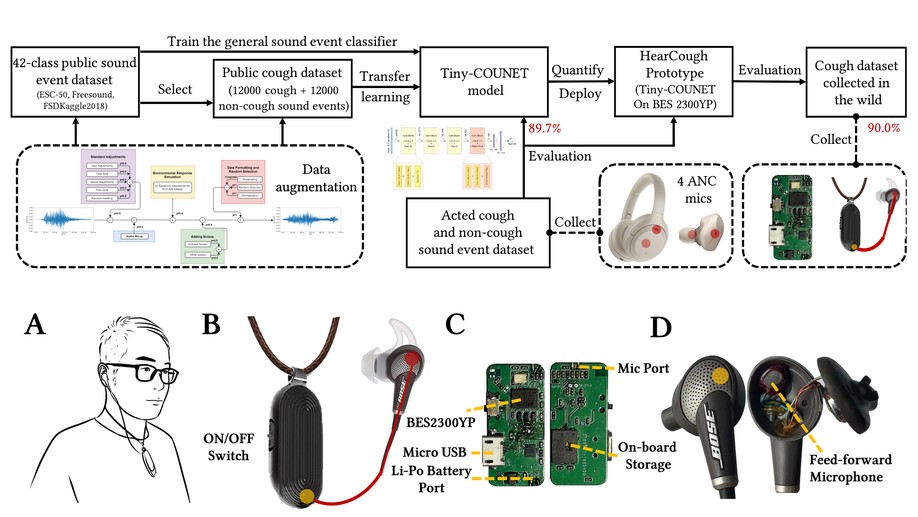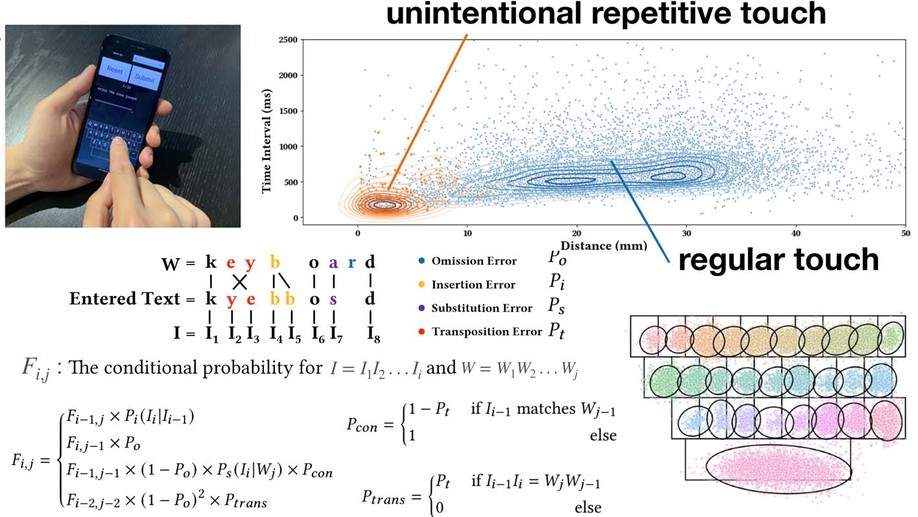Yuntao WANG
Associate Professor (Research Track), Department of Computer Science and Technology, Tsinghua University
Technical Advisor, Global Innovation Exchange (GIX) Institute, Tsinghua University
Biography
Yuntao Wang’s research focuses on the efficient sensing of behavioral and physiological data, alongside the design of intelligent interactive interfaces for mobile and wearable devices. His work primarily targets: 1) the development of robust and efficient sensing techniques that perform reliably on mainstream mobile and wearable devices, 2) the extraction of meaningful spatiotemporal patterns from multimodal sensory data, leveraging inherent correlations in natural human behaviors to accurately infer user interaction intentions, and 3) the design of novel interaction interfaces that achieve high recognition accuracy and inference efficiency, optimized for deployment on resource-constrained edge devices. He has published over 80 academic papers and received 9 international conference awards. Additionally, he holds 31 granted invention patents. His innovative achievements have been recognized with several prestigious honors, including the Wu Wenjun Artificial Intelligence Outstanding Youth Award (2024), the Young Elite Scientists Sponsorship Program of the China Association for Science and Technology (CAST, 2022), Leading Talent of the High-Level Innovation and Entrepreneurship Program of Qinghai Province (2024), and the First Prize of the China Electronics Institute Science and Technology Award (2019).
Interests
- Human Computer Interaction (HCI)
- Ubiquitous Computing
- Physiological Computing
- Edge Computing
Education
-
PhD in Computer Science and Technology (with honor), 2016
Tsinghua University
-
BSc in Computer Science and Technology (with honor), 2011
Beijing University of Posts and Telecommunications




